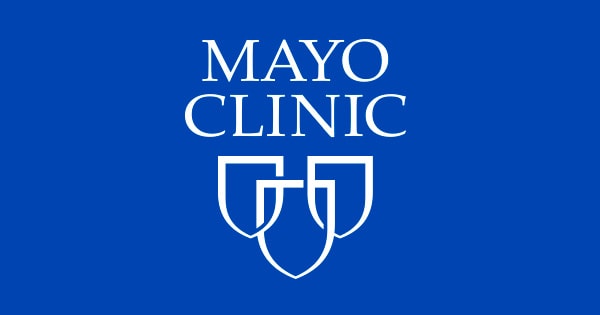Prenatal care: Third trimester visits
As you get closer to your due date, regular visits with your care team are important for checking on your health and your baby’s health.
The goal of prenatal care is to help you and your baby stay healthy during your pregnancy. During the third trimester, you may have prenatal care visits about every 2 to 4 weeks. Timing depends on your health and pregnancy history. Starting at 36 weeks, you’ll likely need checkups every 1 to 2 weeks until you deliver.
Talk with your care team
At your visits during the third trimester, your healthcare team might ask if you have any symptoms such as contractions and fluid leaks or bleeding. Your team checks your blood pressure and weight and your baby’s heartbeat and movements.
Keep track of how often you feel the baby move every day. Let your healthcare team know if the baby stops moving as much. Your baby’s movements might slow as you get closer to your due date. Check once a day that your baby moves at least 10 times in two hours. This is called fetal kick counts.
Also, talk to your healthcare team about vaccinations you need. These might include flu, COVID-19 and respiratory syncytial virus (RSV) shots. Another suggested vaccination is tetanus toxoid, reduced diphtheria toxoid and acellular pertussis (Tdap). It’s best to get the Tdap vaccine between 27 and 36 weeks of pregnancy.
Test for group B strep
Expect to be tested for group B streptococcus (GBS) during the third trimester. GBS is a common germ found in the intestines and lower genital tract. It’s most often harmless in adults. But babies who become infected with GBS during vaginal delivery can get very sick.
To check for GBS, a member of your healthcare team swabs your lower vagina and anal area. Some people take their own GBS swab after their healthcare team tells them how to do it.
The sample goes to a lab for testing. If the sample is positive for GBS, or if you’ve already had a baby who got GBS disease, you’ll get antibiotics through a vein during labor. The antibiotics help protect your baby.
Check the baby’s position
Near the end of pregnancy, your healthcare team checks to see if your baby is lying head down in the uterus.
Some babies lie rump first, called frank breech, or feet first, called footling breech. Some babies’ legs are crossed over their bellies. This is called complete breech. If your baby is in a breech position after week 36 of pregnancy, it’s not likely that the baby will move to a headfirst position before labor.
A member of your healthcare team might press on your belly to move the baby to a headfirst position. This is called external cephalic version. This most often is done in the labor and delivery unit using ultrasound as a guide. If you don’t want this procedure, or if your baby stays in a breech position, your healthcare team will likely discuss planning a C-section delivery.
Keep asking questions
You likely have lots of questions as you near your due date. Is it OK to have sex? How will I know when I’m in labor? What’s the best way to manage any pain? Should I make a birth plan?
Talk to your care team about all the questions you have. Knowing the answers can help calm you before delivery.
Be sure to ask members of your healthcare team about when you should call them, such as if you have vaginal bleeding or fluid leaking from the vagina. Also ask how to contact the team once labor begins.
From Mayo Clinic to your inbox
Sign up for free and stay up to date on research advancements, health tips, current health topics, and expertise on managing health. Click here for an email preview.
To provide you with the most relevant and helpful information, and understand which
information is beneficial, we may combine your email and website usage information with
other information we have about you. If you are a Mayo Clinic patient, this could
include protected health information. If we combine this information with your protected
health information, we will treat all of that information as protected health
information and will only use or disclose that information as set forth in our notice of
privacy practices. You may opt-out of email communications at any time by clicking on
the unsubscribe link in the e-mail.
Thank you for subscribing!
You’ll soon start receiving the latest Mayo Clinic health information you requested in your inbox.
Sorry something went wrong with your subscription
Please, try again in a couple of minutes
July 26, 2024
Products and Services
.
